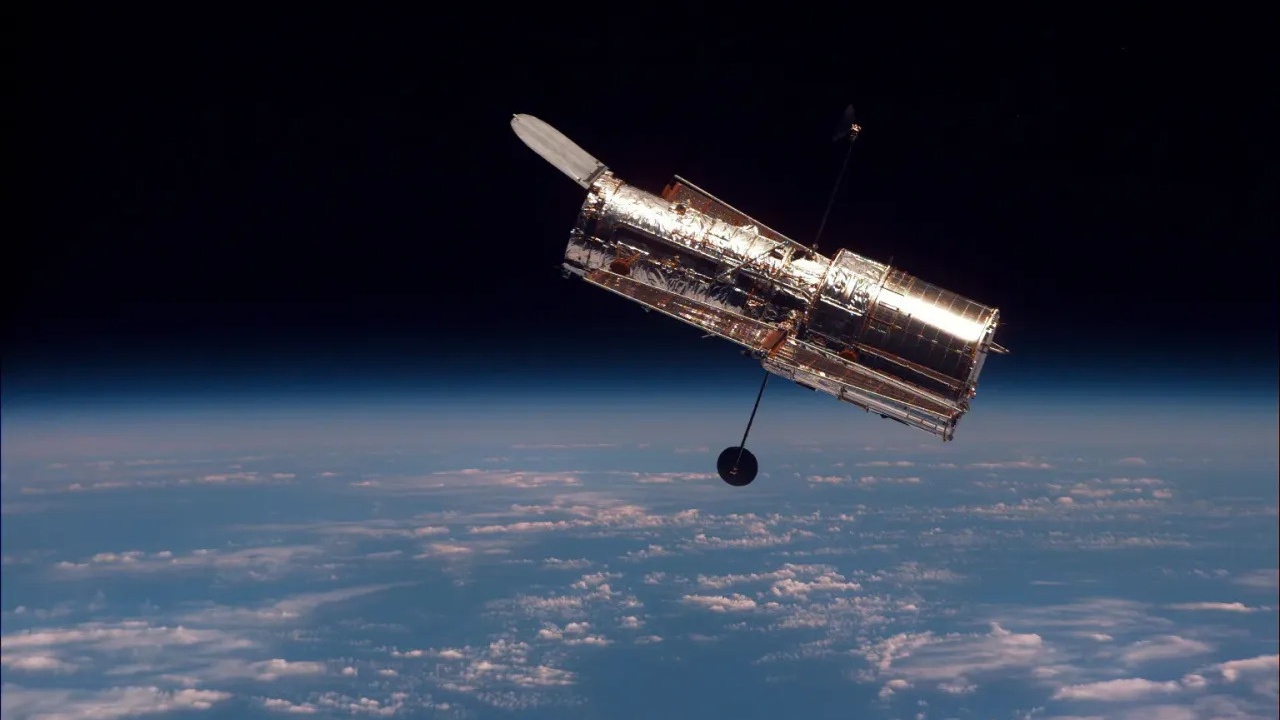Big Bang Theory: The latest science and discoveries
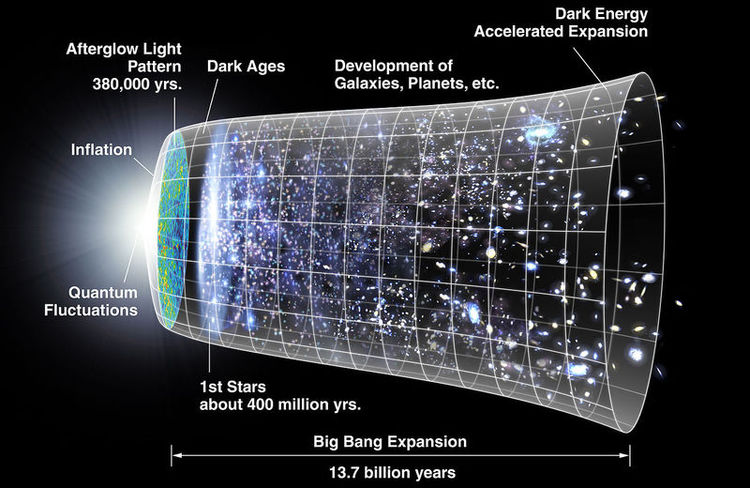
Big Bang theory is the leading explanation for how our universe began. According to the theory, the entire universe began as a tiny singularity that went through an explosive expansion 13.8 billion years ago, gradually expanding into the cosmos we see today. Today, astronomers can detect an "echo" from the Big Bang in the cosmic microwave background, a phenomenon that can be detected with radio telescopes. Big Bang Theory is also the name of a popular CBS sitcom about scientists, where several real-life scientists and astronauts have appeared.
Related Topics: Black Holes, Dark Matter, Gravitational Waves, The Theory of Relativity in Space
Join our Space Forums to keep talking space on the latest missions, night sky and more! And if you have a news tip, correction or comment, let us know at: community@space.com.
Latest about big bang theory
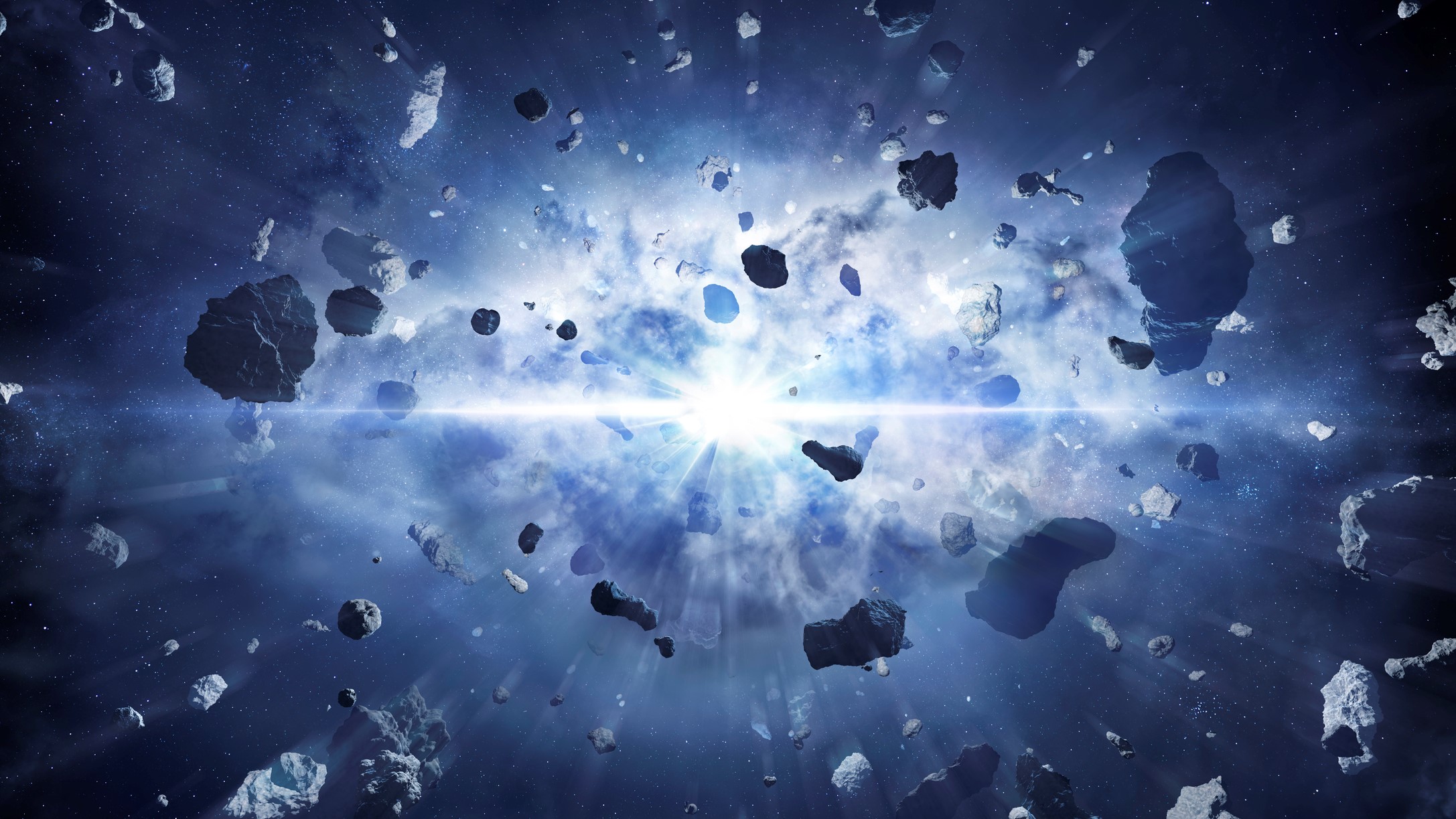
What is the Big Bang Theory?
By Andrew May last updated
Reference The Big Bang Theory explains how the universe began.
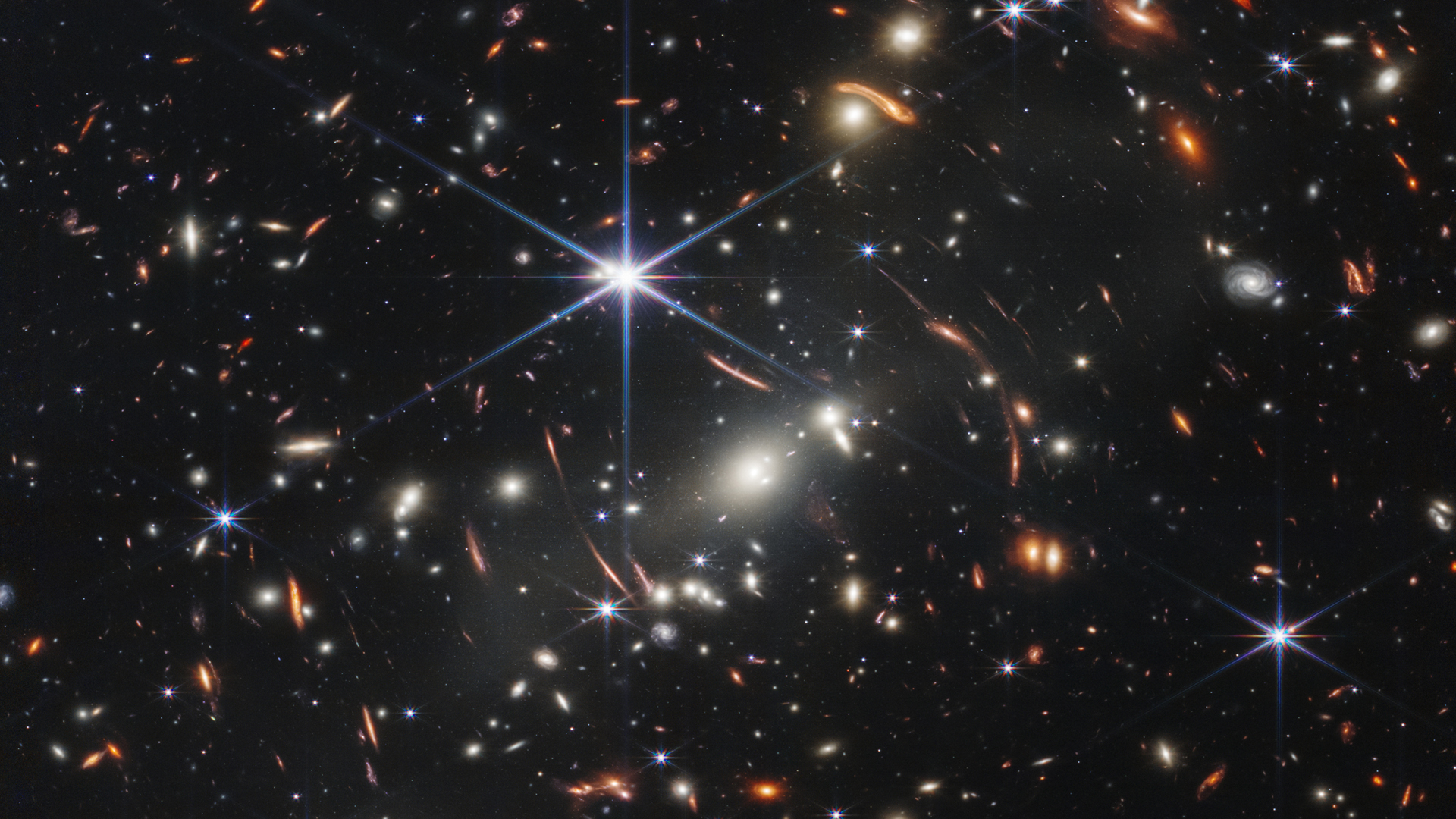
Is the James Webb Space Telescope really 'breaking' cosmology?
By Paul Sutter published
While headlines around the world claimed that these galaxies were "breaking" our understanding of the Big Bang, the truth is much more nuanced — and much more interesting.
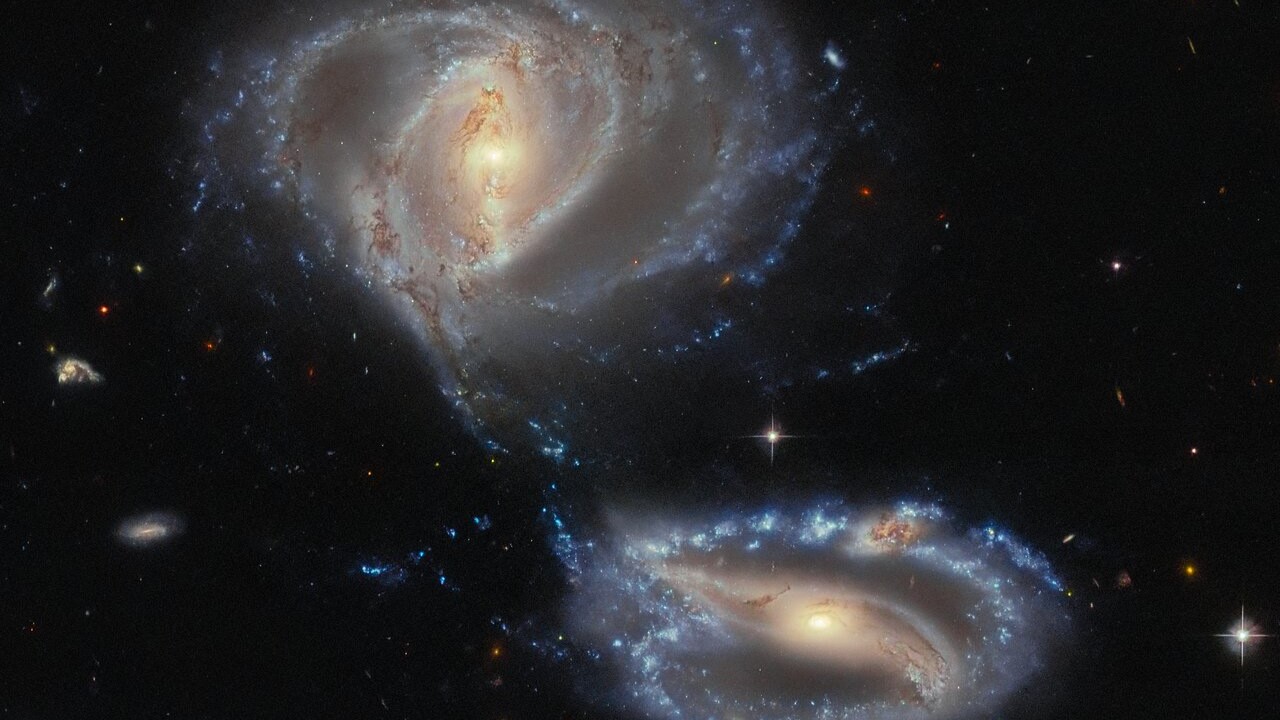
Is the universe still making new galaxies?
By Paul Sutter published
It's a fun question to tackle because it lets us dig into the messy, complicated, beautiful process of galaxy formation.
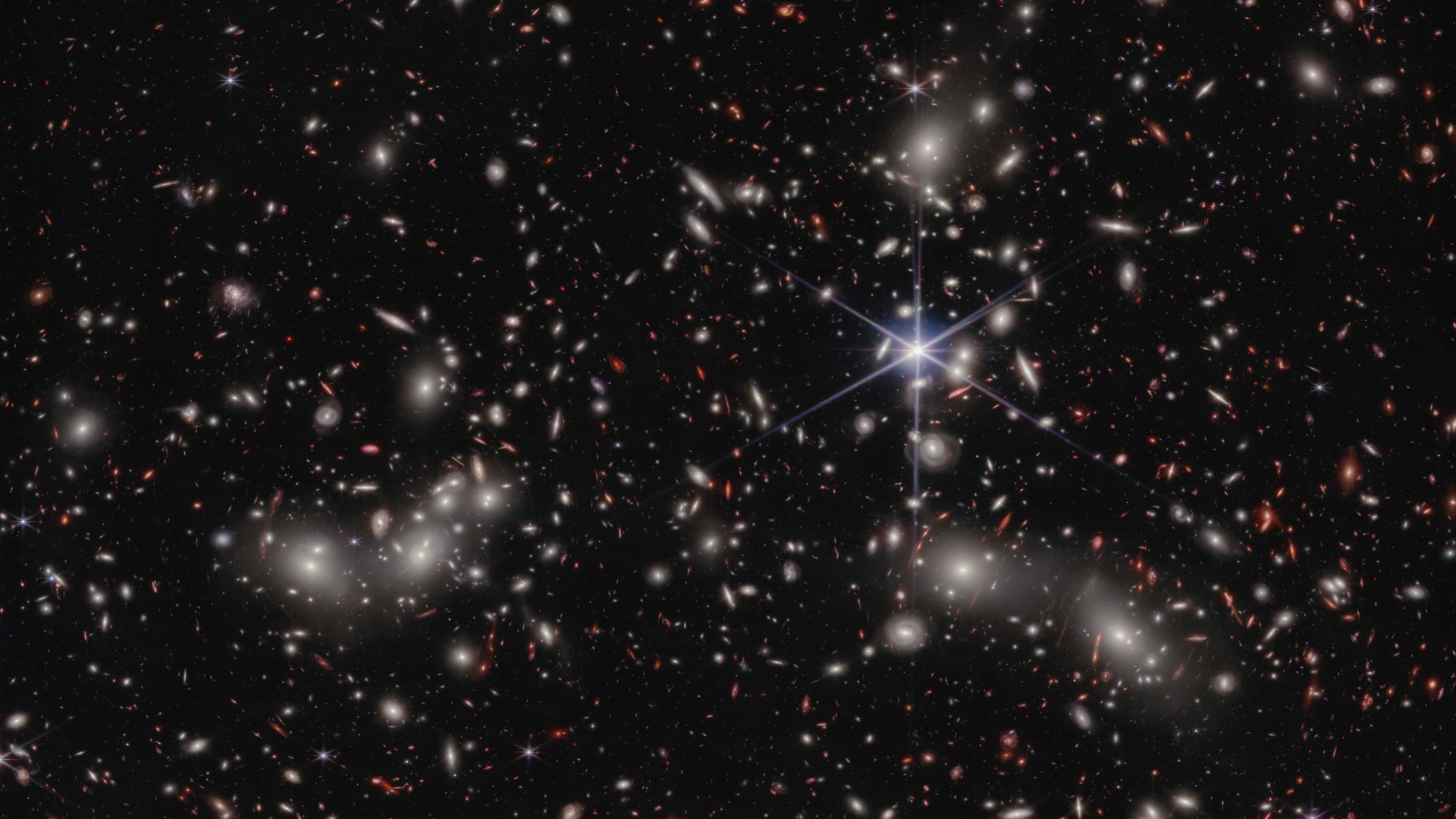
James Webb Space Telescope finds 2 of the most distant galaxies ever seen
By Keith Cooper published
We see these galaxies as they were over 13.45 billion years ago, just between 330 and 350 million years after the Big Bang.
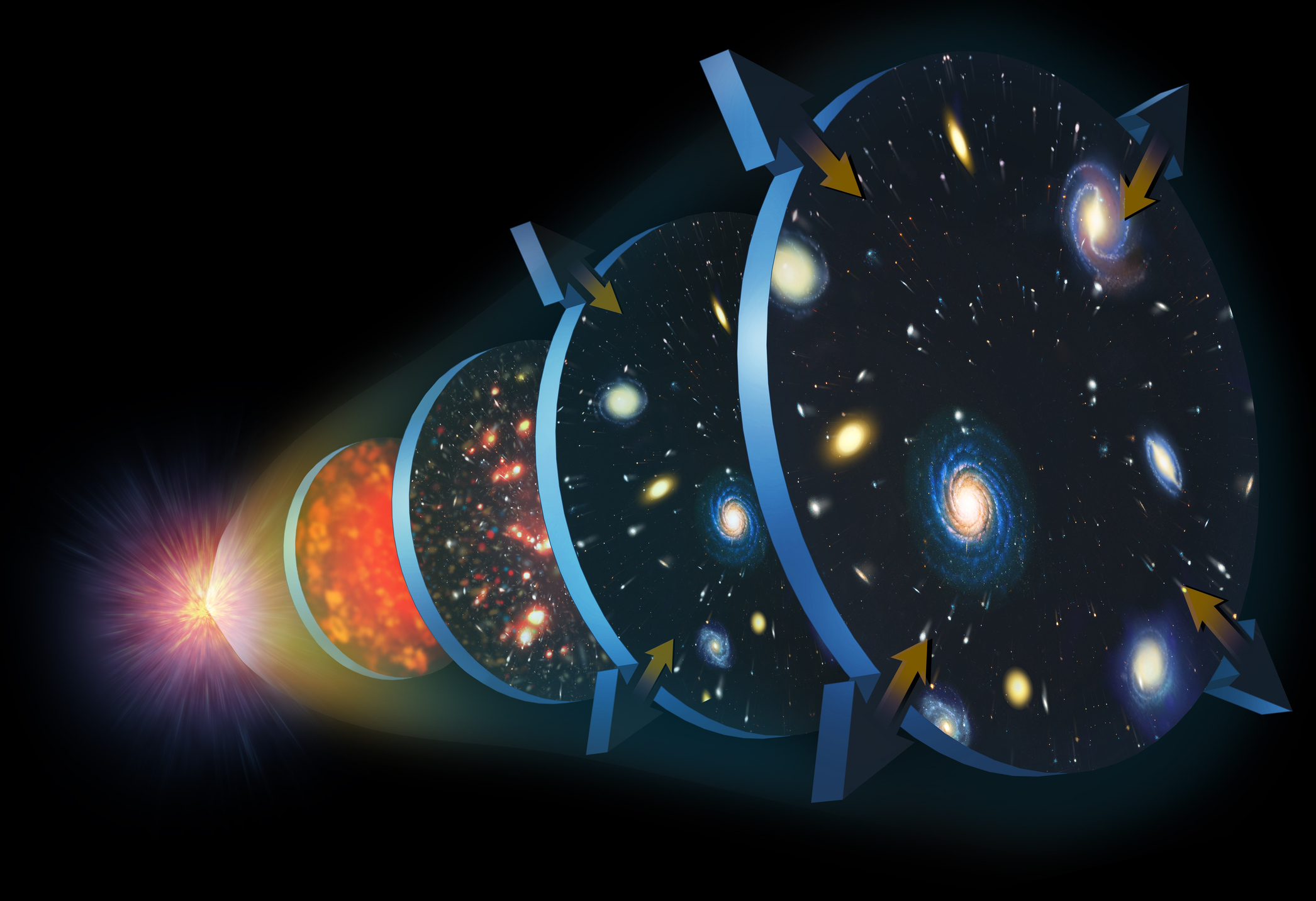
How did the universe's elements form?
By Paul Sutter published
We all know the universe contains a vast array of elements, ranging from light gases, such as helium, to heavy metals, like lead. But where did all of the elements come from?
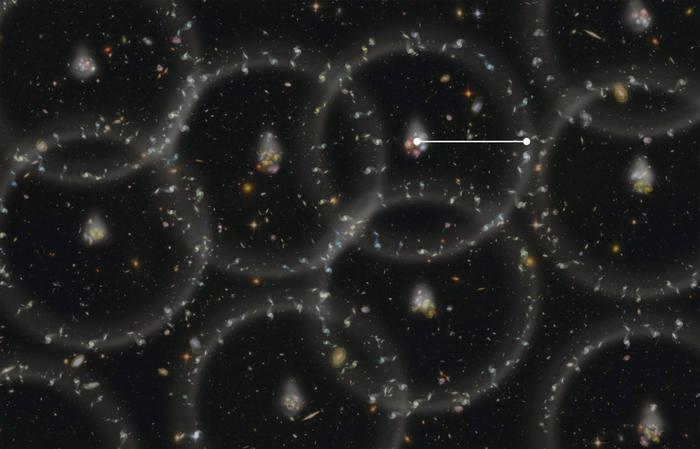
Galaxy shapes can help identify wrinkles in space caused by the Big Bang
By Sharmila Kuthunur published
A new method to detect Baryon Acoustic Oscillations in the universe could help measure cosmic distances more accurately.
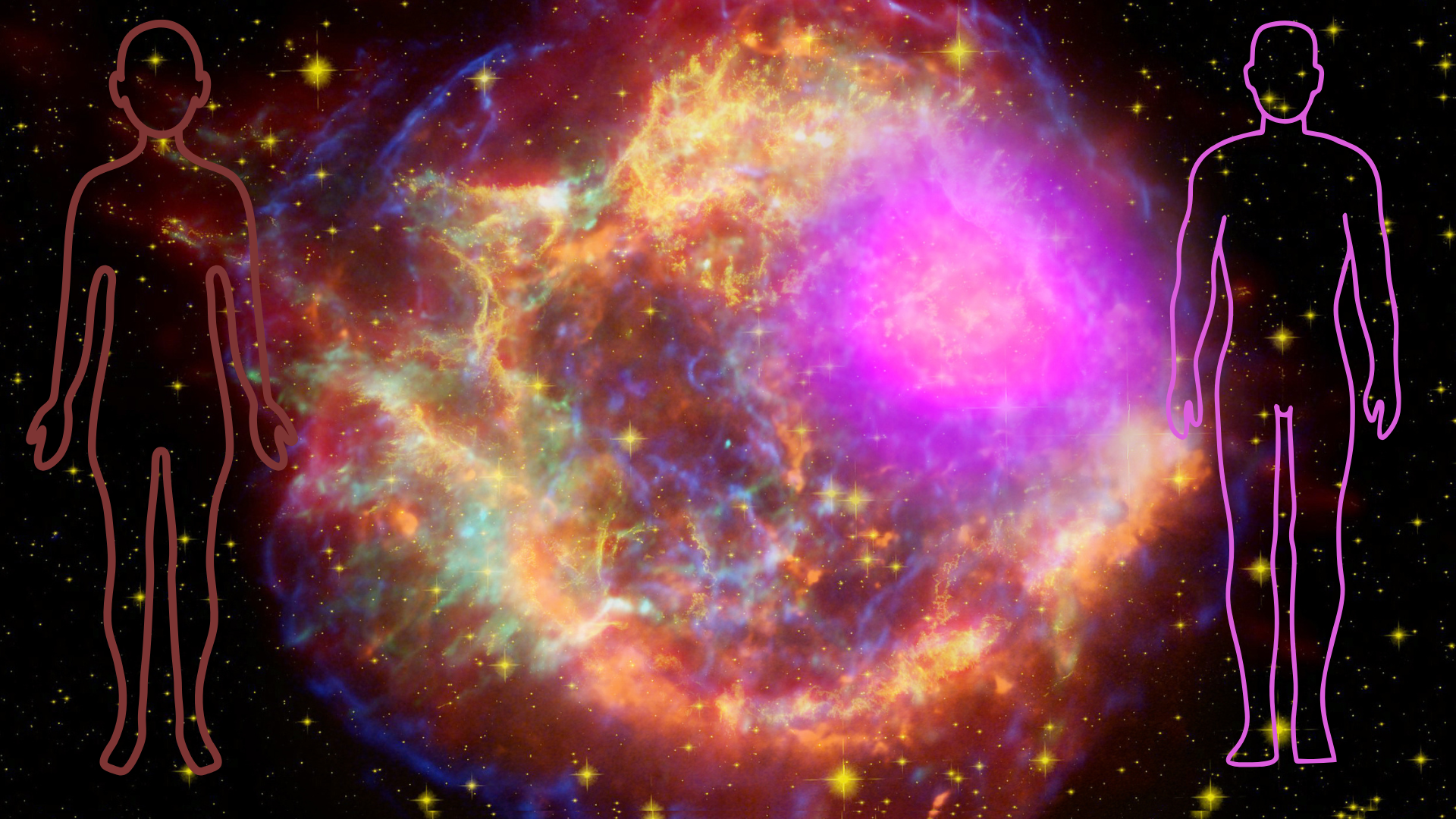
Are we really made of 'star stuff' and what does that even mean? (video)
By Robert Lea published
Astronomer Carl Sagan once said that humanity is "made of star stuff." In a new video, astrophysicist Suzanna Randall explains what that actually means and where the elements in our body come from.
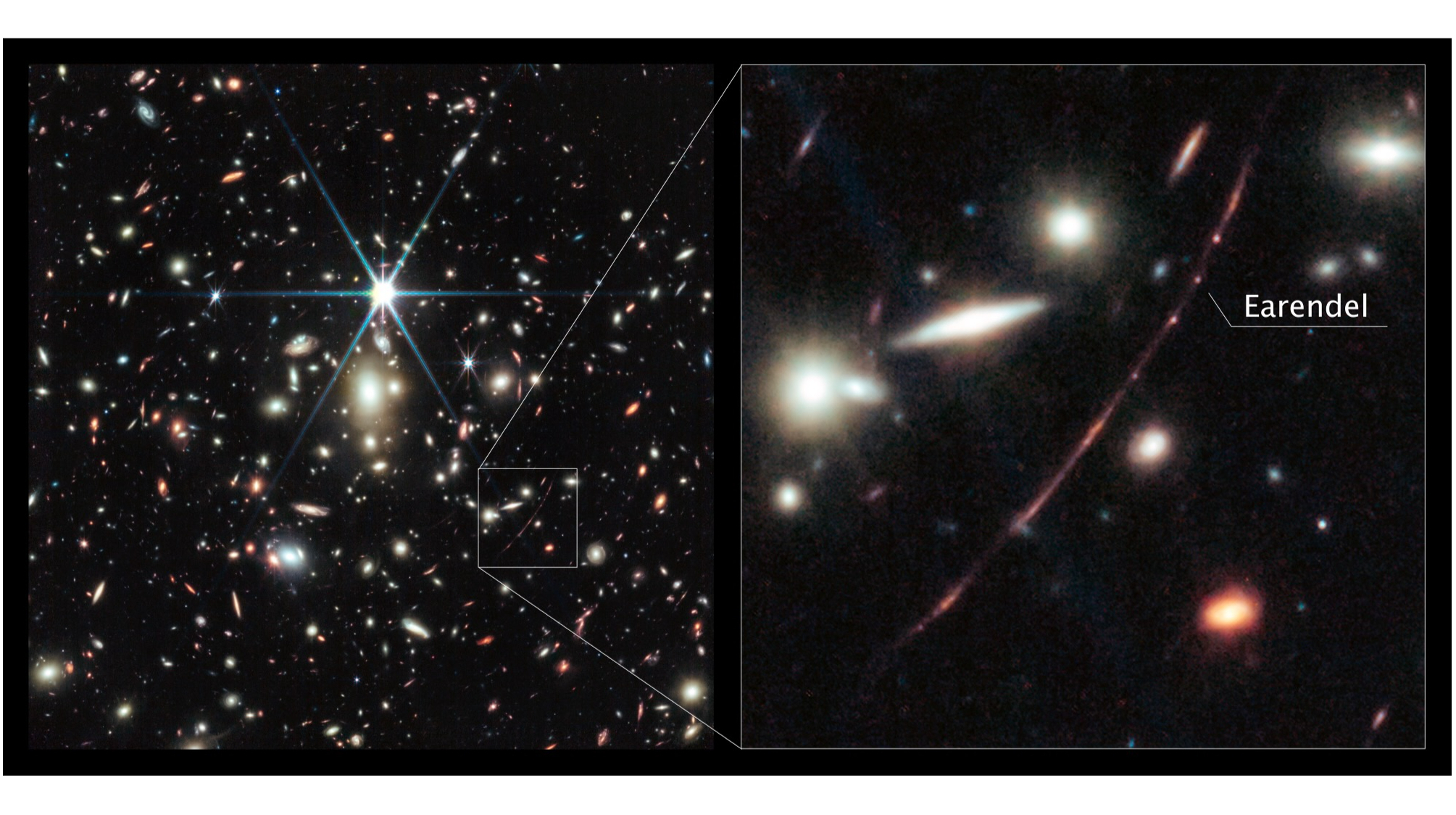
Earendel revealed: James Webb Space Telescope lifts veil on the most distant star known in the universe
By Mike Wall published
Thanks to the James Webb Space Telescope, scientists have begun getting the goods on Earendel, the most distant star ever detected.
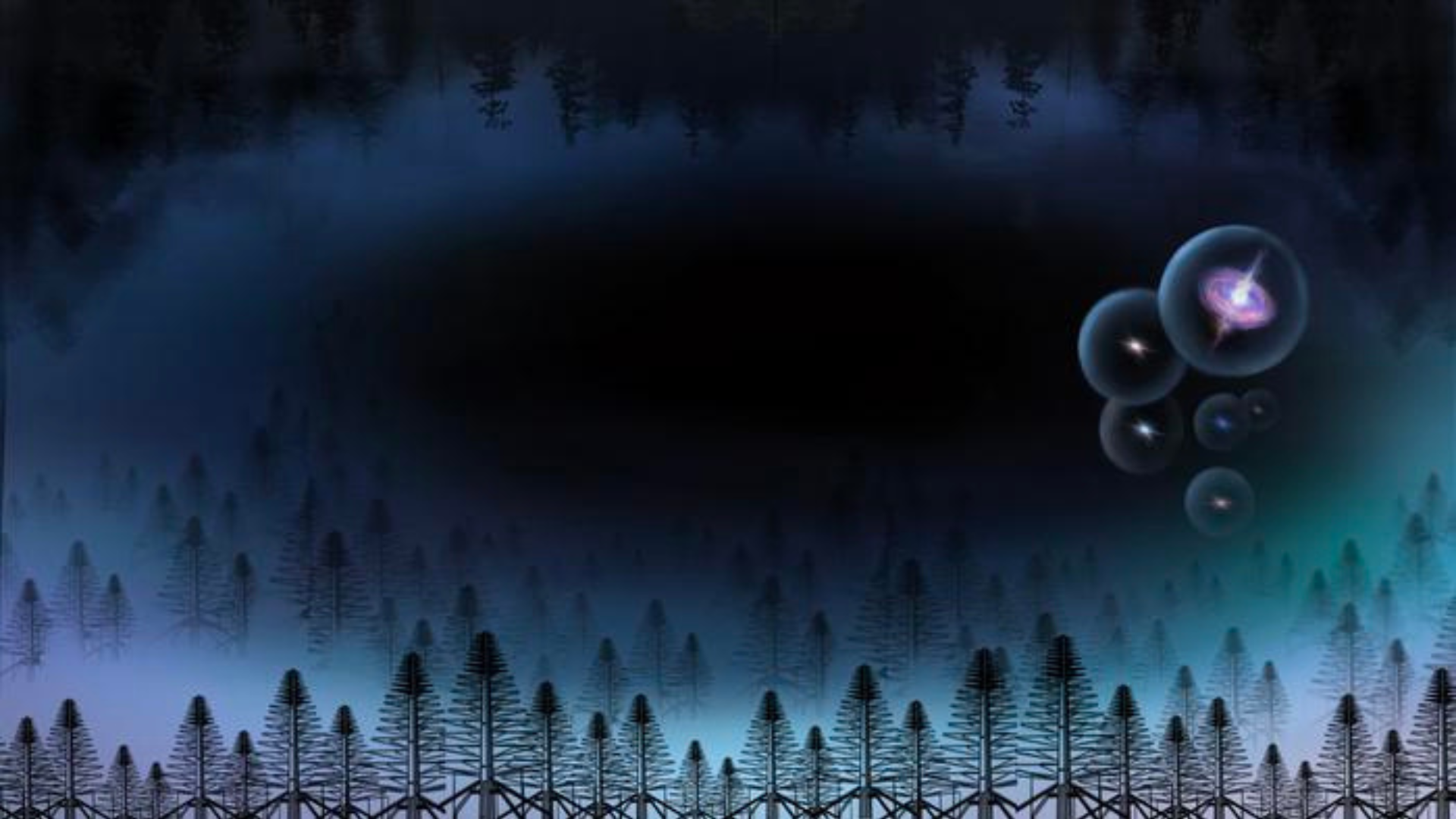
World's biggest radio telescope could tease out secrets of dark matter, universe's 1st galaxies
By Robert Lea published
The coming Square Kilometre Array could shed light on mysterious dark matter, revealing the role it played in the formation of the universe's first galaxies.
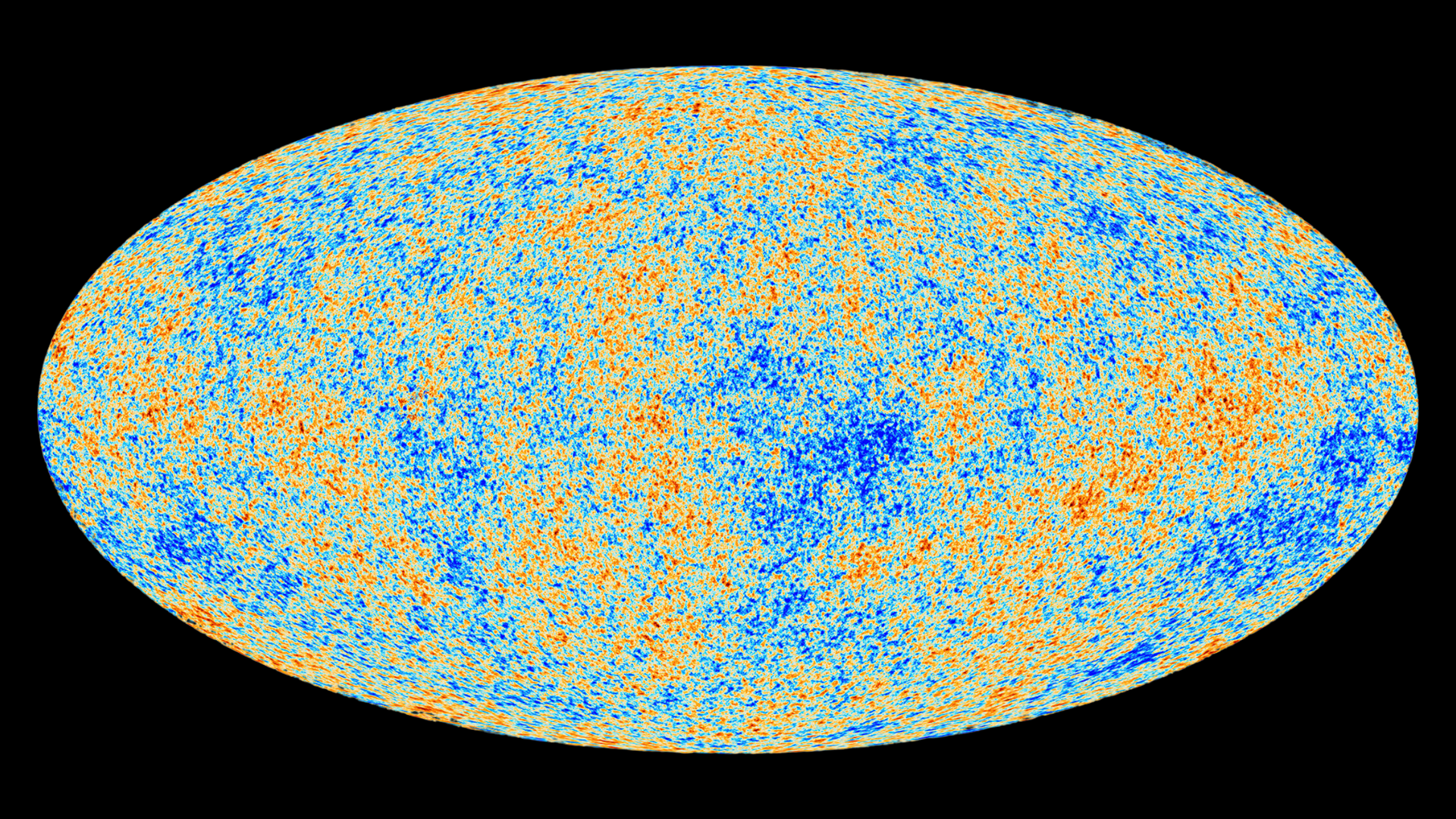
The 1st light to flood the universe can help unravel the history of the cosmos. Here's how
By Robert Lea published
Just as Darwin used the fossil record to piece together the evolution of life on Earth, scientists can use a "cosmic fossil," the universe's first light, to understand how the cosmos evolved.
Get the Space.com Newsletter
Breaking space news, the latest updates on rocket launches, skywatching events and more!
